I'm building a P-MOS based reverse polarity protection circuit.
The input requirements are as follows.
It needs to carry 8–40 V input voltage to the output and it needs reverse polarity protection up to −40 V.
I predict that the system consumes a maximum of 8.8 W of power.
For this application, using the DMP6023LFGQ-7 P-channel MOSFET, and using the BZX84-A10,215 Zener diode rated 10 V 250 mW, and I'm using a 10 kΩ, ⅛ W resistor. I understand how it should work in theory, but I'm a junior engineer. I'm afraid of not seeing overheating and other problems. Can you suggest other configurations that are in active stock on Digikey?
